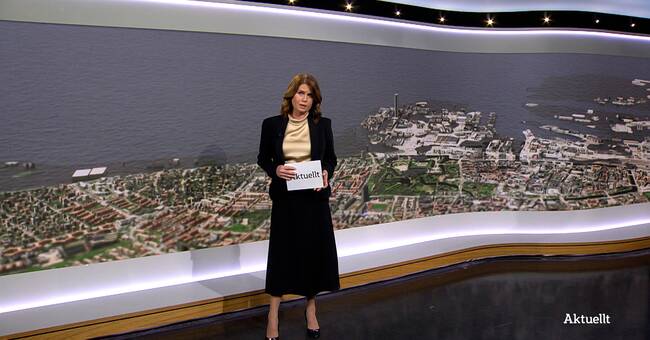If carbon dioxide emissions continue to increase at the same rate as hitherto, the increase in temperature in the world in the worst case, according to calculations *, could be 4.9 degrees by 2100.
The warming leads to melting ice in Antarctica, where the ice binds nearly 90 percent of the earth's fresh water.
Global sea level rise can with a temperature increase of 4.9 degrees in the worst case lead to the water level at the end of the century has been raised by, for example, 113 centimeters in Malmö, according to SMHI's calculations.
This would cause several parts of the city to end up under water in extreme weather with a lot of wind and big waves.
Preparations are in progress
In Skåne, several municipalities are already preparing for a worst-case scenario.
According to Pär Persson, Malmö and other coastal municipalities in Skåne must accelerate their work to plan to protect the coast in the future.
- In Malmö, for example, it is planned for protective dikes and for lock gates to be able to close the canal, but also to raise the ground level when building new, says Pär Persson in SVT's Aktuellt.
- Even if we reduce emissions, sea levels will continue to rise after the year 2100. We plan to build new in the risk areas and the new buildings will hopefully remain longer than 2100, says Pär Persson.
Rockström: Quite the right risk assessment
Johan Rockström, professor of environmental science at Stockholm University and head of the climate research institute in Potsdam in Germany, estimates that we will land in an average scenario with temperature rises of 2.6 degrees in 2100.
- It is still extremely serious.
We have so far warmed the earth by 1.2 degrees and already see that we have probably passed a threshold where Antarctica melts and also in the Arctic we have probably already passed a threshold, he says in Aktuellt.
Johan Rockström thinks that Skåne is doing the right thing, which takes into account a worst-case scenario.
- I think it is exactly the right risk assessment, he says.
* Source: IEEA / Gisstemp / Nasa and KNMI Climate Explorer

